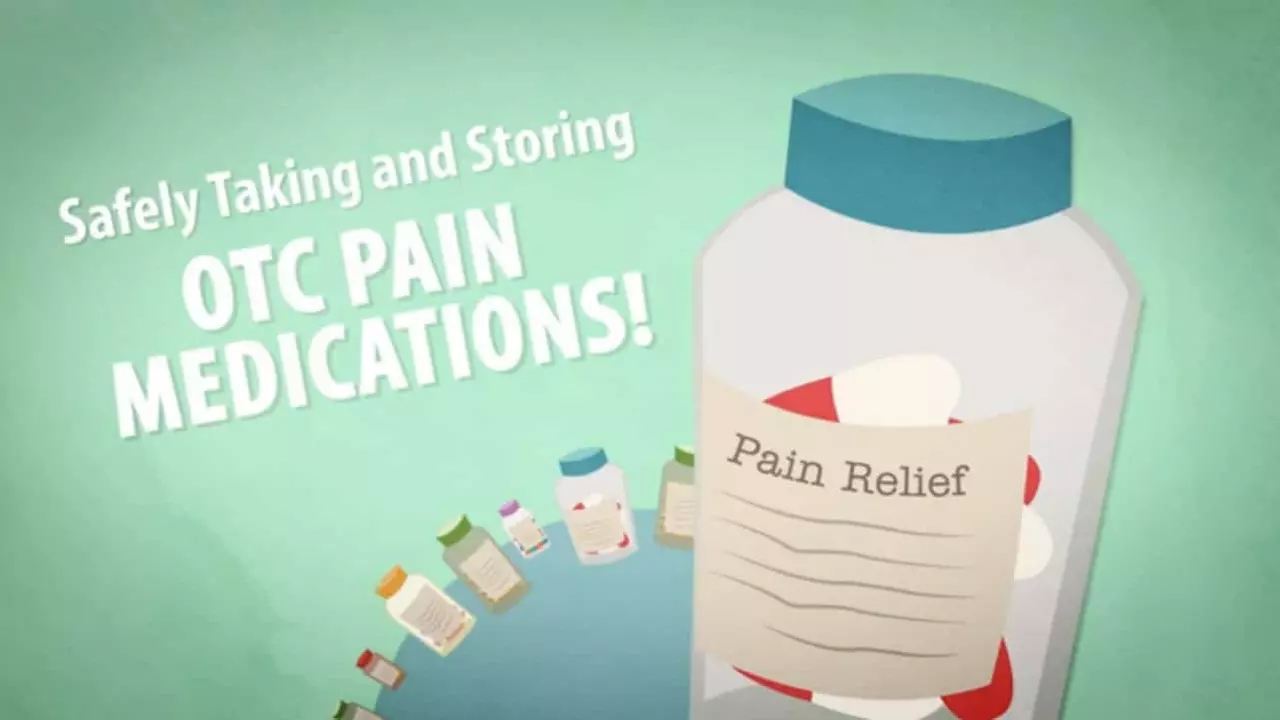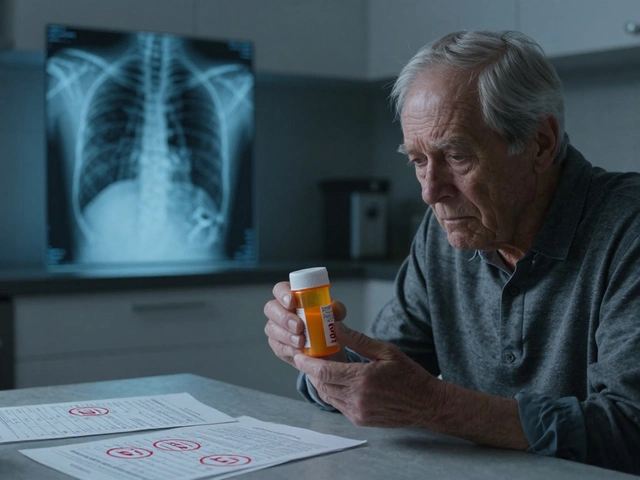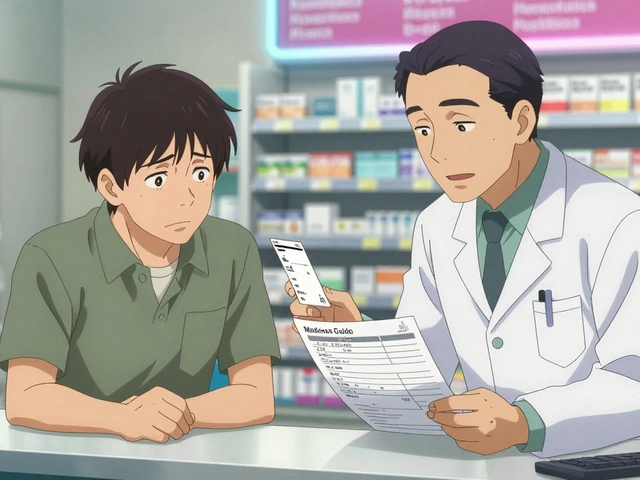Safe Storage Tips for Medications – Keep Your Drugs Fresh & Secure
Got a cabinet full of pills, syrups, creams and vitamins? Storing them the right way can stop waste, protect kids and keep meds working. Below are simple habits you can start today to make your medicine shelf safe and effective.
Temperature and Light Matter
Most drugs stay stable at room temperature (68‑77°F or 20‑25°C). If a label says "store below 30°C" just keep the bottle away from radiators, ovens and direct sunlight. A cool, dark pantry works better than the bathroom where heat and humidity rise after showers.
For meds that need refrigeration—insulin, some antibiotics, eye drops—use the fridge door’s middle shelf instead of the door pocket. The door opens often, causing temperature swings. Check expiration dates weekly; a drug that looks fine can lose potency after a few months at the wrong temperature.
Child‑Proof and Organization
If you have kids or curious pets, lock away medicines in a high cabinet with child‑proof latches. Even if the bottle has a safety cap, it’s not enough for an adventurous toddler. Store everything in one spot so you don’t leave pills out on counters by accident.
Use a small bin or drawer divider to separate categories: pain relievers, antibiotics, vitamins, etc. Label each section with a marker—clear labels help you grab the right item quickly and avoid mix‑ups.
Travel Ready Hacks
Heading out of town? Pack meds in their original bottles whenever possible; they have the correct dosage info and expiration date printed. If space is tight, transfer only the needed amount to a travel‑size container that’s clearly labeled.
Keep your medication bag in carry‑on luggage instead of checked baggage. The cargo hold can get hot or cold enough to damage drugs, plus you’ll have them handy if you need a dose during the flight.
Moisture and Humidity Control
Syrups, liquid antibiotics and inhalers hate moisture. A dry environment helps them stay effective longer. If your home is humid, consider using a small dehumidifier in the medicine cabinet or placing silica gel packets (the kind you find in new shoes) inside the container—just don’t let the packets touch the medication.
Never store pills in the bathroom unless the label explicitly says it’s safe there. The constant steam from showers can cause tablets to soften or crumble.
Regular Check‑Ups
Make a habit of reviewing your medicine stash every three months. Throw out anything past its expiration date, and note any changes in appearance—discoloration, odd smells or clumping are red flags.
If you’re unsure about storage instructions, call the pharmacy that filled the prescription. They can tell you if a drug needs special conditions or if a newer formulation is more stable.
Following these easy steps means fewer wasted dollars and safer health for your family. A tidy, well‑managed medicine area also reduces stress when you need a quick dose—no hunting through cluttered drawers.
Remember: safe storage isn’t just about following rules; it’s about creating habits that protect you and the people around you. Keep these tips handy, and your medications will stay ready to do their job whenever you need them.

How to Safely Store and Dispose of Linagliptin
In my latest post, I've discussed vital information on how to properly store and dispose of Linagliptin, a diabetes medication. I've highlighted the need to store it at room temperature, away from light, moisture, and heat, and out of reach of children. I've also emphasized the importance of not flushing the drug down the toilet or pouring it into a drain unless instructed. Instead, it's advisable to use a medicine take-back program for safe disposal. Remember, proper handling of medication is crucial for both your safety and the environment's protection.
read more




